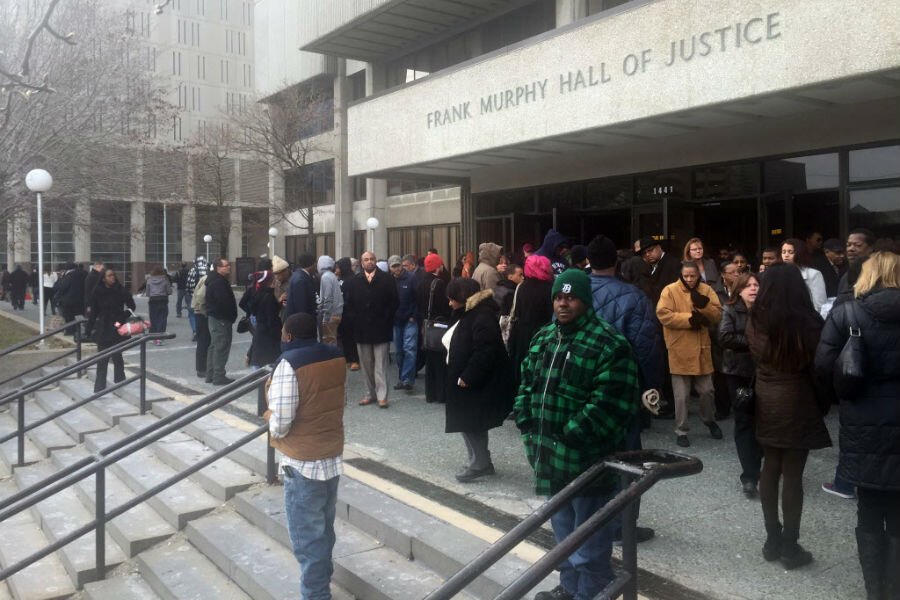Power slowly returns to Detroit after massive power failure
Loading...
A large cable failure resulted in a widespread power outage in Detroit on Tuesday, forcing schools to dismiss students early and affecting government buildings, police departments, fire stations, and traffic lights.
"We have isolated the issue and are working to restore power as soon as possible," a statement from the City of Detroit said, according to USA Today.
The outage began at 10:30 a.m. EST and affected around 100 buildings on the grid of Detroit's Public Lighting Department, according to the Detroit Free Press. As of 1:47 p.m., The Detroit News was reporting that power was gradually being restored. Many non-public buildings were unaffected throughout the outage.
Detroit Public Schools followed a half-day schedule. Last year, chronic power failures led to three times the number of missed days than the year prior. DPS calculated that last year, the district as a whole lost at least 160 school days.
Photos from Tuesday's outage reveal commotion as well as city workers responding to the loss of power.
Traffic lights began coming back on around 11:45 a.m. when power also returned to the Frank Murphy Hall of Justice, which had been evacuated along with the Coleman A. Young Municipal Center, according to USA Today.
Aaron Kleid, an insurance defense attorney, had recently concluded a settlement conference in the municipal center when the lights started flickering.
"The power went out. There was a PA (announcement) to evacuate," Mr. Kleid said, according to the Free Press, which added that he had to walk down 19 flights of stairs to leave the building. "It was exceptionally orderly."
Other sites that were evacuated include the Joe Louis Arena, the Detroit Institute of the Arts, and buildings at Wayne State University.
DMC Detroit Receiving Hospital was reportedly running on partial power and Wayne County Jail was also on backup power, The Detroit News reports, adding that Children's Hospital of Michigan and DMC Sinai Grace Hospital still had power.
"All emergency power systems are working effectively," said Conrad Mallet, chief administrative officer for the hospital, according to The Huffington Post. "All patients are safe and well cared for." Still, in a precautionary measure, emergency trauma patients were being taken to other trauma 1 level institutions such as Henry Ford and St. John's main hospitals, according to a statement from Mr. Mallet.
The Detroit Free Press reported that some fire stations were also operating on generator power but were "able to take calls by landline or radio."








